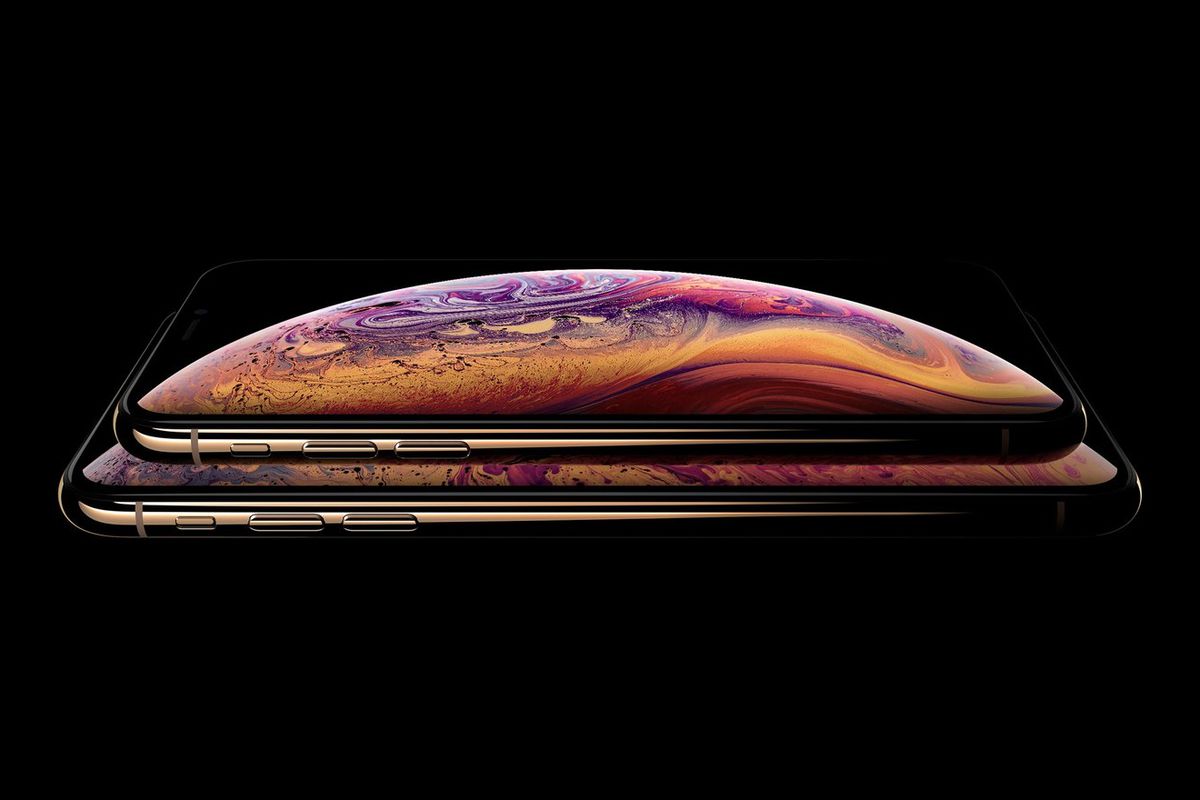/cdn.vox-cdn.com/uploads/chorus_image/image/64061492/iphonexs.0.0.jpg)
Apple may use high-end OLED screens in more of its devices, not necessarily just because it wants to, but also because it may satisfy a penalty it supposedly owes to its OLED supplier, Samsung Display — after reportedly failing to buy enough iPhone screens to make good on its contract. According to a report from ETnews, this repayment might even see Samsung’s OLED screens appearing in Apple products that have never featured them before, including notebooks and tablets (via AppleInsider).
That’s merely what industry sources say Apple and Samsung may be considering as one of their many options to settle the dispute, so it’s far too early to say if that will happen — but it could make sense. Apple uses the vibrant high-end screens as a selling point for its iPhone XS and XS Max, but iPhone sales have been slowing and the company may need other places to put those screens. OLED screens aren’t just used in phones, they’re in tablets and notebooks, too — though, notably, none made by Apple. Samsung’s Galaxy Tab S tabletsare praised for their OLED screens, and we’ve been wowed by OLED screens when manufacturers put them in laptops, like the Lenovo ThinkPad X1 Yoga.
But it’s not clear when we might see them appear in Apple devices even if Apple buys in. Future revisions of the MacBook Pro (rumored to launch in 2021) and iPad are said to be using mini-LED screen technology, not OLED, according to analyst Ming-Chi Kuo, who has a solid track record predicting Apple’s moves. If that’s true, and if Apple just now decides to order laptop- and tablet-sized OLED screens, any OLED-equipped MacBook Pro or iPad might be quite a few years away.
A safer bet is that we’ll see an OLED screen come to the low-cost iPhone XR’s successor, because that’s also a rumor we’ve heard before from none other than Kuo. That phone will apparently release in 2020, alongside the first 5G iPhone. Apple says that the iPhone XR is its best-selling phone, so putting one of these displays into a popular, somewhat affordable iPhone might be a good way to move a lot of OLEDs and satisfy Samsung at the same time.
[“source=theverge”]



